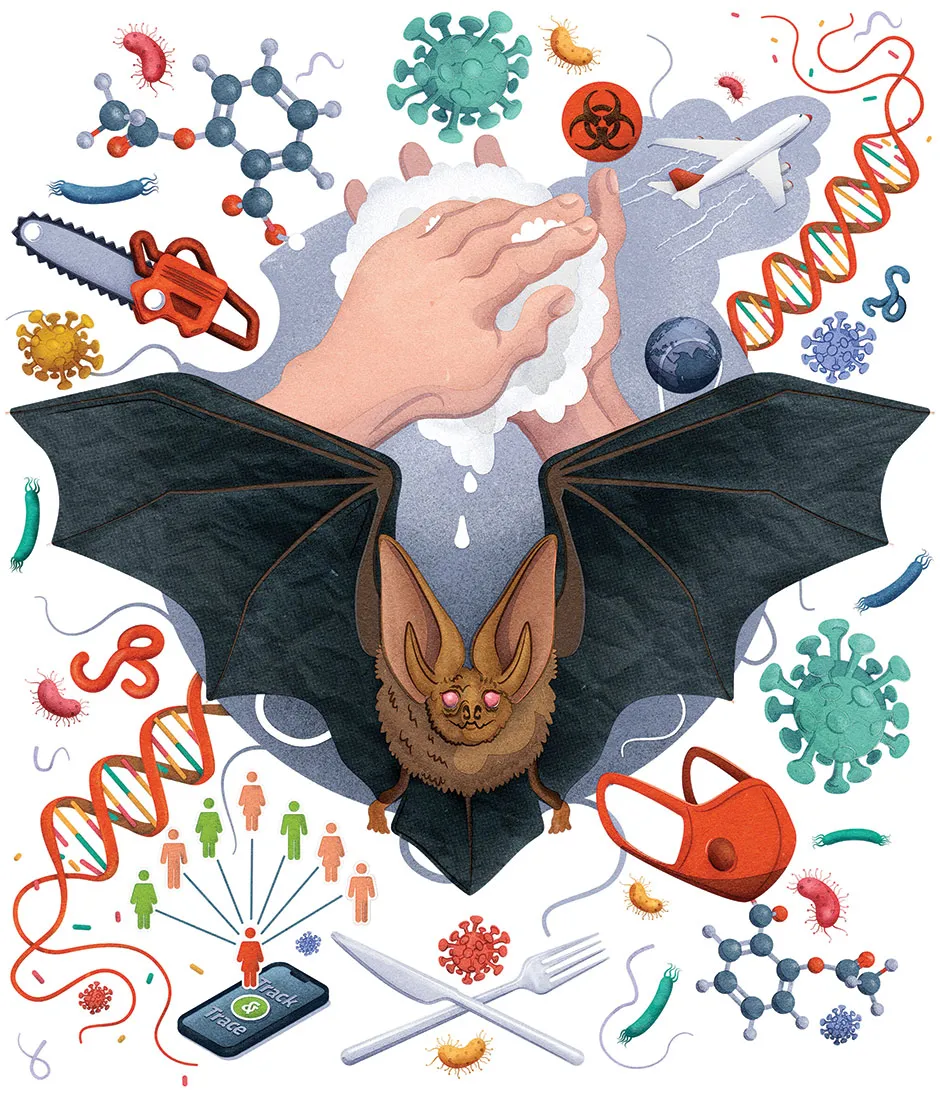Unfortunately, the COVID-19 pandemic is unlikely to be the last one that we experience. But there are things that we can do on a societal and national level to minimise the chances of a new pandemic occurring, and to ensure that the world is better prepared when one does occur.
Pandemic-causing viruses typically circulate in a population of animals before they jump to humans. So cutting down on activities that put us in close contact with wild animals, such as wildlife trading and ‘wet’ markets, will reduce the chances of a virus jumping from animals to humans. Tackling deforestation and climate change will also help, as both of these problems can lead humans to migrate into new areas where wild animals live.

Second, we need countries around the world to strengthen their surveillance of existing viruses, and we need to watch for any new viruses emerging in wild animals. The coronavirus that causes COVID-19 is thought to have originally come from bats, but viruses can reside in many other animals, including pigs, monkeys and birds. We also need systems in place so that any new type of human infection is rapidly identified and globally reported.
Finally, we need to strengthen countries’ public health infrastructure. At the start of the COVID-19 pandemic, many countries struggled to develop robust national testing and tracing programmes. With these programmes in place, we would be able to contain new outbreaks more rapidly. We can also ensure that we have vaccine development and manufacturing facilities in place that can rapidly create vaccines for new diseases.
Read more:
- Can I get the coronavirus from a parcel?
- What is viral load and why is it important to coronavirus?
- What is the R number, and why is it relevant to coronavirus?
- How can I protect myself from the coronavirus when shopping?
